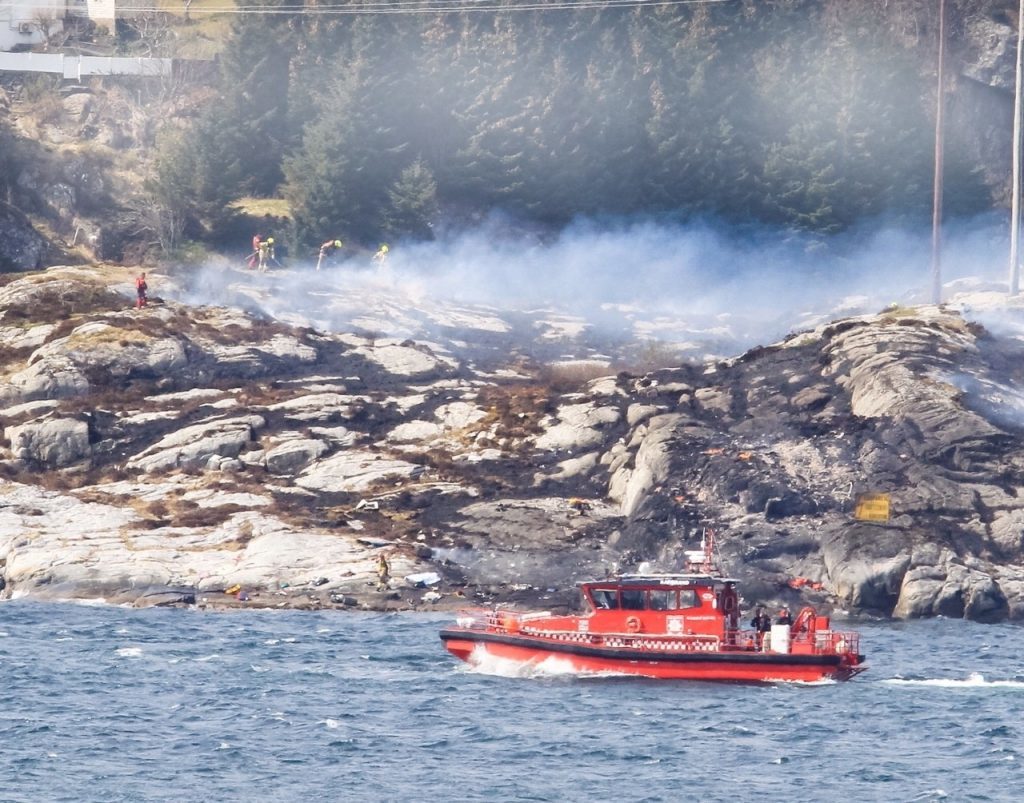
The results of a survey into the possible North Sea homecoming of controversial offshore helicopters are to be made public, it is understood.
French aircraft manufacturer Airbus wanted to know if the offshore workforce if they would be “comfortable” flying in the banned North Sea helicopter H225 model which crashed off the coast of Norway last year killing 13.
It and another airframe model of Super Puma helicopters have been banned from flying in the North Sea until recently as an investigation into the fatal crash continues.
The Civil Aviation Authority made moves to lift the flight ban in July despite there being no root cause of the tragedy off the Norwegian island of Turoy identified.
According to reports, Airbus has now collated the results and will be updating stakeholders in a series of briefings.
The survey stated that Airbus has introduced a number of new safety improvements to the H225.
These include the use of a higher reliability second stage planet gear, gearbox components being replace more regularly, increased monitoring and inspections and the precautionary withdrawal from service of any gearbox involved in an “unusual” event such as a road traffic accident.
It emerged last year the gearbox of the Super Puma helicopter which crashed in Norway was previously involved in a road accident, prior to being fitted in the aircraft.
The H225 crashed on a return journey from Statoil’s Gullfaks B platform last April.
The main rotor could be seen spinning through the sky, completely detached from the carriage of the helicopter, which had plummeted to the ground.
Iain Stuart, a 41-year-old from Laurencekirk, was among those who died in the tragedy.
Nearly 80% of the worldwide fleet of commercial Super Pumas was grounded following the disaster.
Preliminary investigations have shown that the aircraft’s rotor broke off due to a “fatigue fracture” in one of it gears, but a root cause has yet to be found.
Accident Investigation Board Norway said back in April that it still did not know why a crack in one of the cogs had continued to spread inside the component.
Europe’s aviation watchdog, which issued its own airworthiness directive , said investigations had shown that one type of planet gear was more susceptible to cracking and had been permanently removed from service to ensure the safe operation of 225s.
Recommended for you
